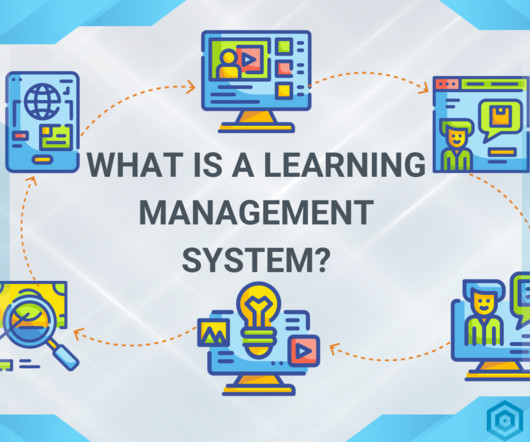The 6 hottest learning trends for 2018 - Part 1: Augmented Reality (AR) and Virtual Reality (VR)
Limestone Learning
APRIL 11, 2018
What do you think of when you hear the words “augmented reality”? What about “virtual reality”? In a nutshell, with AR the learner is in a real environment with artificial enhancements (“adding to the real world”) while in VR, the learner is in a completely artificial environment. So stay tuned. How are they used?

































Let's personalize your content